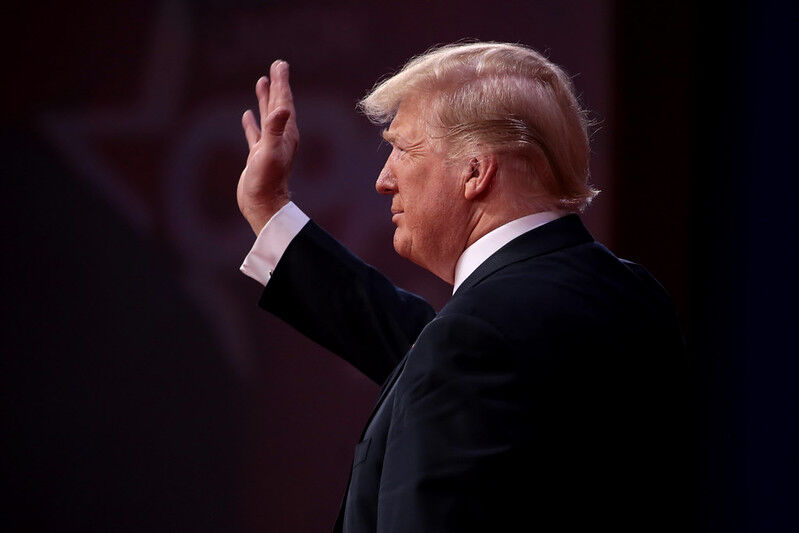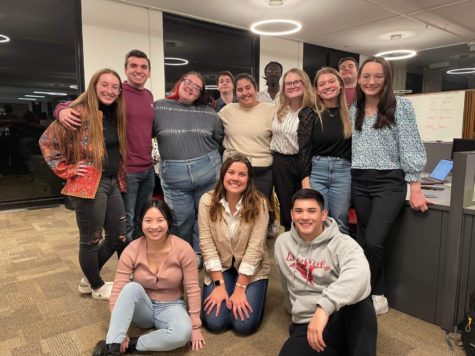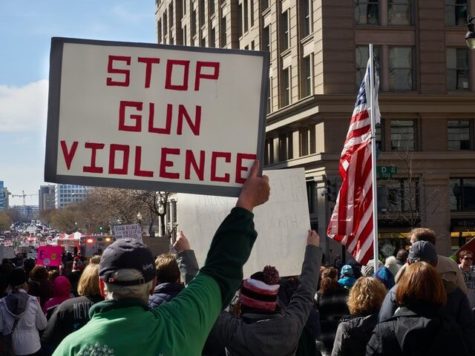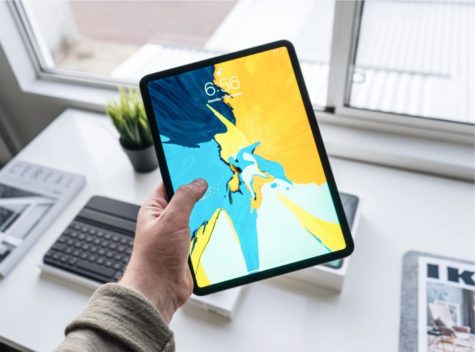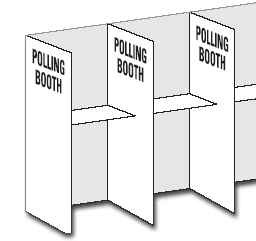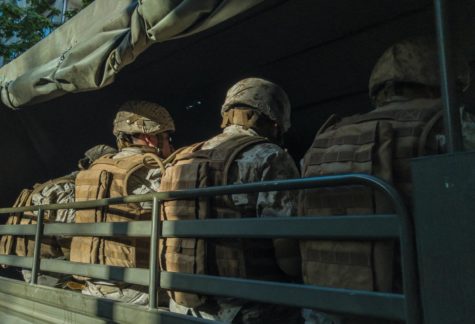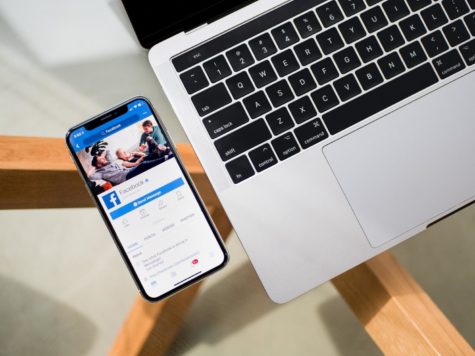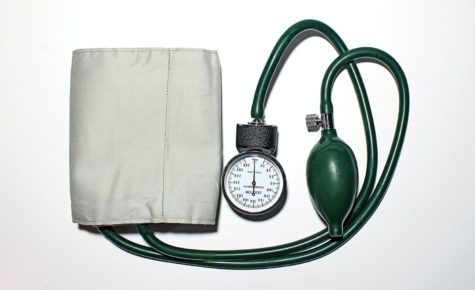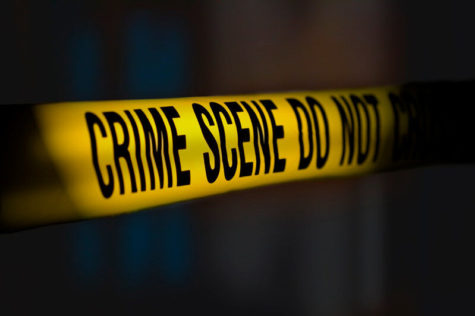Editorial: Trump at Kenosha
September 5, 2020
On Sept. 1, President Donald Trump visited Kenosha, Wisconsin, against the urges of local politicians due to the fear of instigating further violence and unrest in the city.
Peaceful and violent protests have been raging in the city in the wake of Jacob Blake’s near-murder by police officer Rusten Sheskey, who fired into Blake’s back seven times.
Was Trump’s trip to Kenosha beneficial to the city and its citizens, or should he have stayed away until the facts of the case were presented to the public and the city became more stable?
Trump has a reputation of making inflammatory comments in sensitive situations, concerning Wisconsin politicians with the prospect of his presence in the city that is already a boiling pot.
It seems reasonable that the Wisconsin governor, lieutenant governor, Kenosha’s mayor and the local NAACP branch president all asked Trump not to come — Governor Tony Evers even sent Trump a letter — especially after Trump made statements seemingly in defense of Kyle Rittenhouse, the 17-year-old charged with murdering two people in Kenosha.
These politicians were correct that Trump’s presence would raise tensions for some citizens, including the family of Blake, who did not meet with the president.
Several community members voiced their outrage over the events in Kenosha and Trump’s presence afterward. This article by NBC news put community members’ concerns into perspective by saying, “Many who live [in Kenosha] said Trump seemed interested only in making his own points, not in listening to their concerns, while others described Trump’s visit as an affirmation of the social order.”
The first thing the president did in Kenosha was survey the properties damaged by riots, and he later attended a roundtable to discuss community safety.
His first priority seemed to be violence created in the wake of the larger problem of police brutality. This was exemplified when a reporter asked Trump if systemic racism was a problem in America, and he responded with, “Well, you know, you just keep getting back to the opposite subject. We should talk about the kind of violence we’ve seen in Portland and here and other places.”
Trump refuses to acknowledge police brutality and racism that is inciting violence throughout America as a conflict, instead turning the victims into the criminals.
There are some who argue that Trump visiting Kenosha was the right choice, since it presented the image that Trump’s administration has COVID-19 under control and it is the duty of the president to respond to communities in need.
However, COVID-19 is not “under control” in the US, where per capita deaths are one of the highest in the world and several states are experiencing large spikes in cases and deaths. While it is the duty of the president to provide support and relief to struggling communities, his actions and words show otherwise.
It is also clear that people will be analytical and critical of what the president says and does, especially when it has to do with race or civil rights.
Some view this as ineffective or as an overly dramatic portrayal of the president that gets blown up. Still, being critical of presidents also serves as a documentary of their actions and intentions of power. They are some of the most prominent people in the country — their words and actions should absolutely be looked at with a critical eye.
The city of Kenosha has seen violence and trauma in recent events, but fortunately, the visit from Trump did not seem to put a damper on their striving to achieve justice for Jacob Blake.

